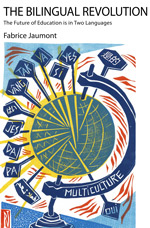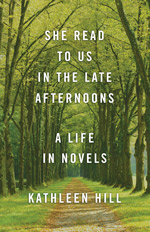 “Tides: The Science and Spirit of the Ocean,” by Jonathan White
“Tides: The Science and Spirit of the Ocean,” by Jonathan White
(Trinity, pp 336, $28.00)
Something unexpected will happen upon reading the chapters of this captivating book. Your nostrils will feel the iodine-laden air as the winds break like waves upon the shores of your assumptions. They will jolt into wakeupness. If you ever thought that the constant ebb and flow of the sea was something simple, think again. Jonathan White, an expert sailor, thought he did and came close to pay dearly for his naïve belief. Maps and tide charts reveal only the partial story of tides, the mechanical one. All along these pages, White gives another perspective.
“Tides” is first a powerful anthem to the sea, a hymn to a misunderstood life-cycle, and a must-read engagement with the world’s most iconoclastic waters. If anything, you will learn that without tides life would miss movement and would be radically different. To learn about tides is to understand the multi-daily symbiosis taking place, all over the world. How milieus rely on each other, not just a toing and froing between sandpipers and mud-shrimps, or blue mussels and crabs, but how the pendulum movement is intimately integrated with migrations of birds and reproductive cycle of species, ours included. The pages will flick through your fingers, as it becomes obvious that our modern understanding has been severely confined to our economic and cultural needs. The worst offender is our view of nature as a place of competition.
White crossed the world and back to bring about his fascinating accounts, visiting the great Canadian North and Okney Island in Scotland, via the Bay of Mont Saint Michel in France, to the Hangzhou Bay in China, and many more, to show that although tides vary depending where they are located, they also demonstrate vital common features. His is to demystify our modern hypothesis. There is no survival of the fittest, but a synchronized moondance leading to the spirit of cooperation. Our paradigms, we know now, have been wrong and wronged us. The consequences have been and are enormous. Time for a new tide to come in wash off past mistakes so that we can re-think everything new again.




